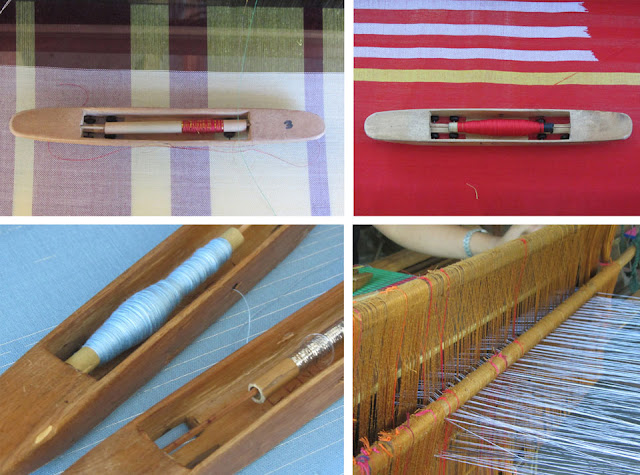‘Juanas’ in the limelight
Gone
are the days when women are relegated in the homes caring for the children,
cooking the meals and looking after the needs of the family.
Many
of today’s women can already be found in big companies, some holding positions
even higher than their male counterparts, and in several institutions that were
used to be dominated by men.
“Women
of today are already out of the box. Before, they were dependent on men. But
now they are more liberated and do not anymore depend on men especially in
decision-making,” said Eduardo Guevarra, Social Welfare Officer III and DSWD
6’s Focal Person on Women, Family, and Community.
Having
equal opportunity with men, Guevarra added many women now excel in different
fields and professions.
“There
are women who are politicians. We already had a woman president. There are
women engineers, architects and even pilots,” he stressed.
As to
with women who cannot afford a college education, Guevarra said the DSWD has
programs and services especially designed to empower them and create
opportunities for them to improve their well-being.
Listahanan
data
Data
of the Listahanan (formerly National Household Targeting System for Poverty
Reduction) show that 47.7 percent of women in Western Visayas are poor.
Majority of them, comprising 82.2 percent, are found in rural areas.
There
is also a high magnitude of women in poor households with no occupation with
67.4 percent.
“One
factor is because of their educational attainment as the data show that 18.7
percent of them were not able to finish or complete any grade level at all.
Based on the data, only 12.5 percent of the women in the region were able to
finish elementary and 14.8 were able to finish high school,” Listahanan
revealed.
Meanwhile,
women who are in the age range of 15 years old and above are mostly engaged as
laborers, unskilled workers, farmers, fisherfolk, and service/shop market
workers.
Guevarra
however said that through the efforts of DSWD, the notion of women as “second
class citizens” is gradually changing and women are now finding their place in
the society.
KALIPI
“Women
in community are disadvantaged, that is why we educate them on their rights. We
have to increase their level of aspiration,” he stressed. “So we organize women
in the community. Through the KALIPI, we prepare them socially, we train them
before they can avail of livelihood. We do a value orientation, mind-setting to
prepare them.”
The
KALIPI, or Kalipunan ng LipingPilipina, is one of the programs started by the
DSWD in 1992 which is now devolved to the local government units. It is a
national federation of women’s organization which is non-stock, non-profit, and
non-political organization committed to respond to the needs of organizing
women from the grassroots level and genuinely promotes women’s development and
empowerment issues by harnessing their strengths and developing their full
potentials.
KALIPI
also serves as a venue for women to raise their concerns affecting their lives
and express their grievances on factors that curtail their effectiveness.
“The
KALIPI enables women to freely participate in all discussions and
decision-making. Women now are more informed of their rights and they know how
to assert these rights,” Guevarra emphasized.
This
year’s Women’s Month celebration focuses on the resiliency of women especially
in facing the recent disasters that befell the country.
The
theme of the 2014 Women’s Month, “Juana, AngTatag Mo ay GabayNatinsaPagbangon
at Pagsulong,” aims to recognize the strength of women and their capacity to
immediately cope up with the changing times./dswd6/Wenna Berondo-Bendol




